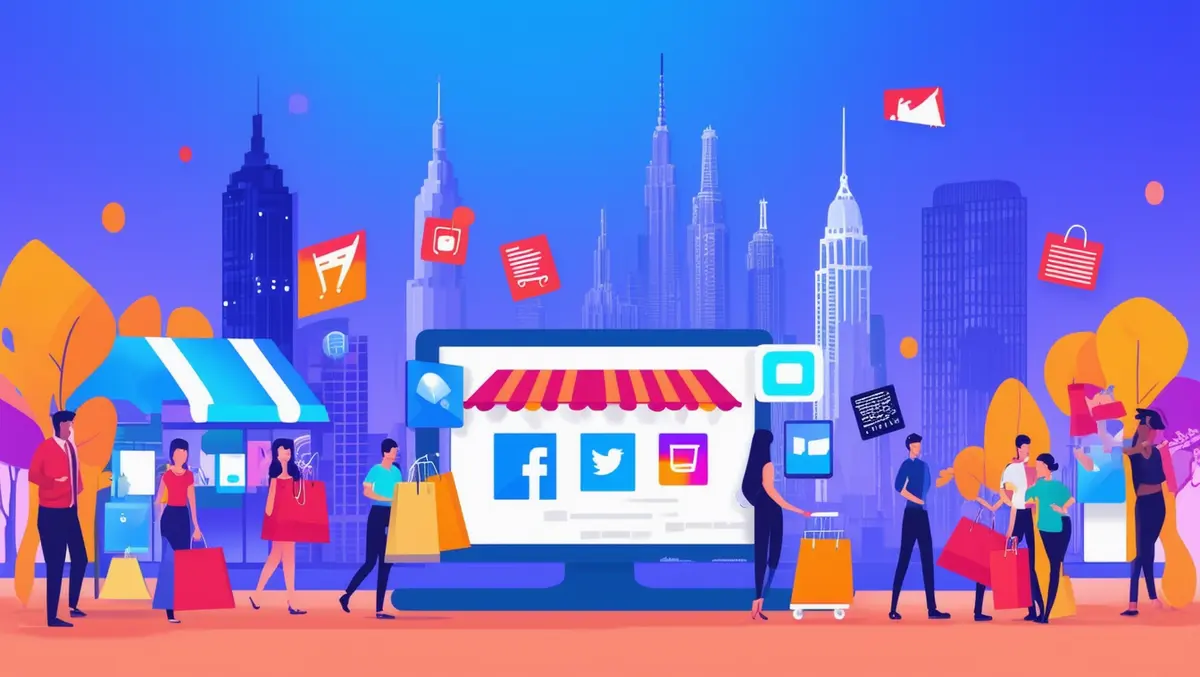
Unified commerce reshapes shopping in India & the US
Consumers are increasingly using multiple platforms for their shopping needs, moving beyond single-channel experiences, states a new report by Locus and Coresight Research.
Titled "From Omnichannel to Unified Commerce: Elevating Cross-Channel Customer Experience to the Next Level," the research indicates that 65.8% of consumers are integrating various touchpoints such as online stores, physical outlets, and mobile apps to enhance convenience and choice.
In India, this shift is particularly notable among young shoppers aged 18-44, who are adopting both online and offline shopping platforms. The report reveals that 75% of online shoppers in India fall within this age group, pushing brands towards offering more integrated, multi-channel shopping experiences. According to the findings, 25% of shoppers tend to spend more when they engage with retailers across multiple platforms, attributing this increased expenditure to higher engagement, greater variety, and added convenience.
Additionally, 36.9% of these consumers exhibit stronger loyalty towards retailers that provide a seamless, multi-channel experience. This trend is similarly observed in India, with 62% of online shoppers belonging to medium to high-income households. These consumers demand personalised, frictionless experiences as they navigate between eCommerce platforms, direct-to-consumer (D2C) sites, and physical stores, the report states.
The report also highlights the significant influence of social commerce, especially in the United States, where social media has become a key discovery tool for shoppers. Approximately 22.8% of US consumers have made purchases directly through social media platforms. A greater number utilise social media to discover new products and conduct pre-purchase research. India is mirroring this trend, particularly in the fashion and beauty sectors, where social platforms play a crucial role in product recommendations and discovery.
"Shoppers in both the US and India are embracing a hybrid shopping approach, signaling a clear shift toward a more integrated purchasing experience," commented Nishith Rastogi, Founder & Chief Executive Officer, Locus.
"More than half of the US consumers are leading the way in merging these behaviours, and India is quickly catching up, with a younger, affluent demographic driving similar trends," Rastogi said.
"The commonality across both markets is the demand for convenience, real-time access to product information, and seamless transitions between channels. Retailers that recognise and adapt to this will not only see increased spending but also greater loyalty,"
As the shopping landscape evolves, the concept of unified commerce is gaining traction. Unlike the traditional omnichannel approach, unified commerce integrates backend components such as logistics, inventory, and customer data into a single system. This integration aims to provide a truly seamless shopping experience across all channels.
The report underscores the importance of real-time inventory management powered by technologies like RFID and mobile-first shopping platforms. These tools are becoming essential to keep customers engaged and satisfied in both the US and Indian markets.


